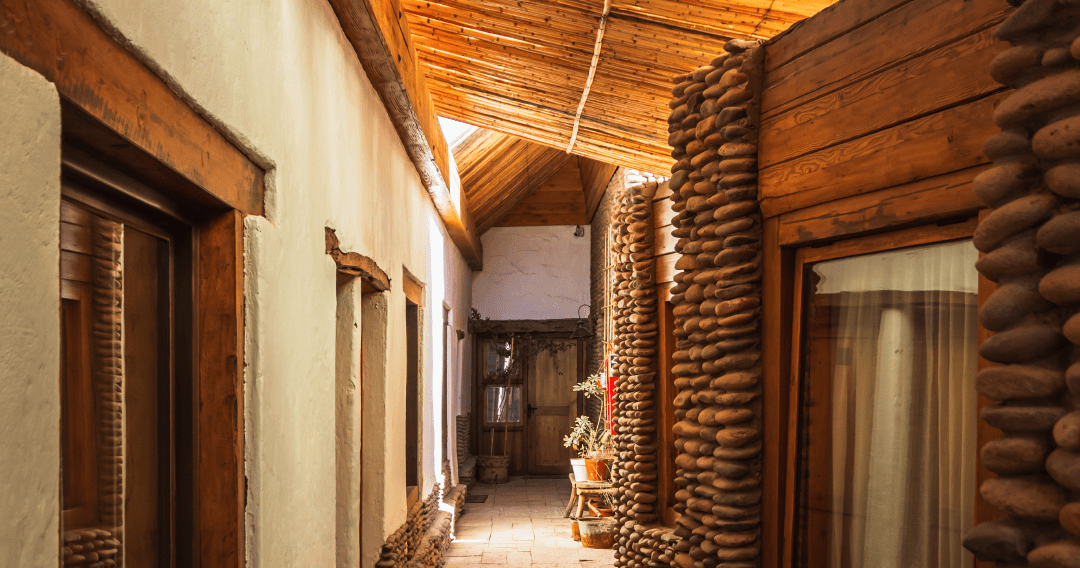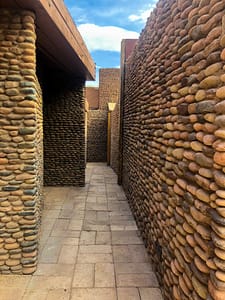SLEEPING UNDER THE SHELTER OF THE ADOBE

In Mexico, Colombia, Ecuador, Peru, Bolivia, Argentina, as well as in the north and center of Chile, adobe houses are still the heritage of many families, who have preserved this tradition since time immemorial. Mixing dry grass with the mud allows a correct agglutination, great resistance to the elements and prevents the blocks once solidified from cracking. Subsequently, the blocks are adhered to each other with mud to build walls. In addition to being economical, it is a good bioclimatic construction element for dry and desert environments, since it has great thermal inertia: it absorbs heat during the day and expels it on cold nights. That is why it has been a common construction material in the desert.

Antonio, traveled from Barcelona in Spain, in August 2013 to San Pedro de Atacama and tells us: “Whenever I travel and see constructions and houses so different from the usual ones in my country, I think about how they will be inside and how one should live in they. This happened to us when we saw the adobe houses of San Pedro de Atacama during the preparation of our trip to Chile. We chose to stay in Terrantai and check the tranquility and positive energy that emanate from the natural materials used in this type of construction. We found it to be a beautiful and very romantic place. Seeing the bell tower of the church of San Pedro appear above the walls makes it a magical place that we will always carry in our hearts. Too bad it’s too far away!!”
That energy that the adobe captures is combined with the silence of the desert, achieving a calming and retrospective effect towards the origins.